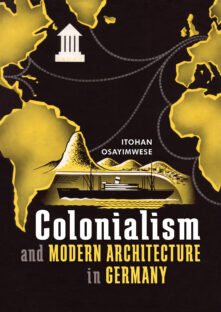Architecture / History / Modern (late 19th Century to 1945)

World Observation
Empire, Architecture, and the Global Archive of Itō Chūta
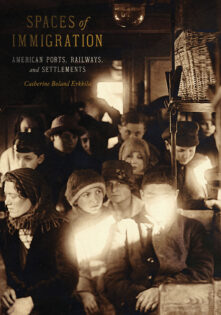
Spaces of Immigration
American Ports, Railways, and Settlements
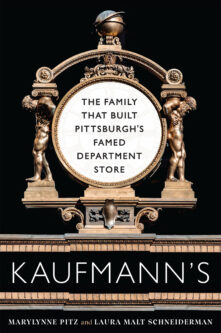
Kaufmann’s
The Family That Built Pittsburgh’s Famed Department Store
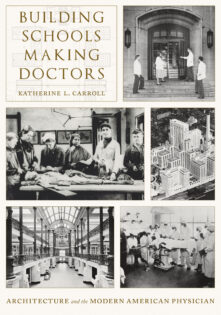
Building Schools, Making Doctors
Architecture and the Modern American Physician
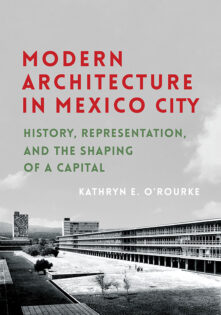
Modern Architecture in Mexico City
History, Representation, and the Shaping of a Capital
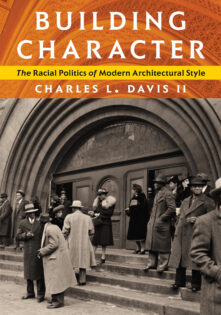
Building Character
The Racial Politics of Modern Architectural Style
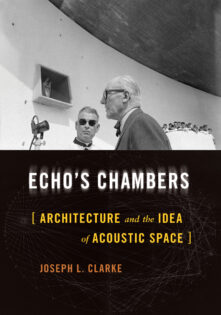
Echo’s Chambers
Architecture and the Idea of Acoustic Space
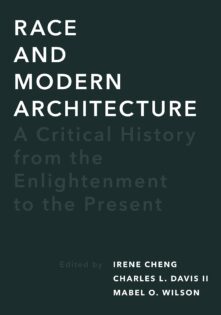
Race and Modern Architecture
A Critical History from the Enlightenment to the Present

Rise of the Modern Hospital
An Architectural History of Health and Healing, 1870-1940
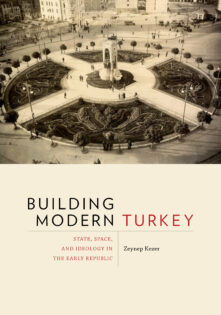
Building Modern Turkey
State, Space, and Ideology in the Early Republic

Governing by Design
Architecture, Economy, and Politics in the Twentieth Century

The Fallingwater Cookbook
Elsie Henderson's Recipes and Memories
Total 13 results found.


